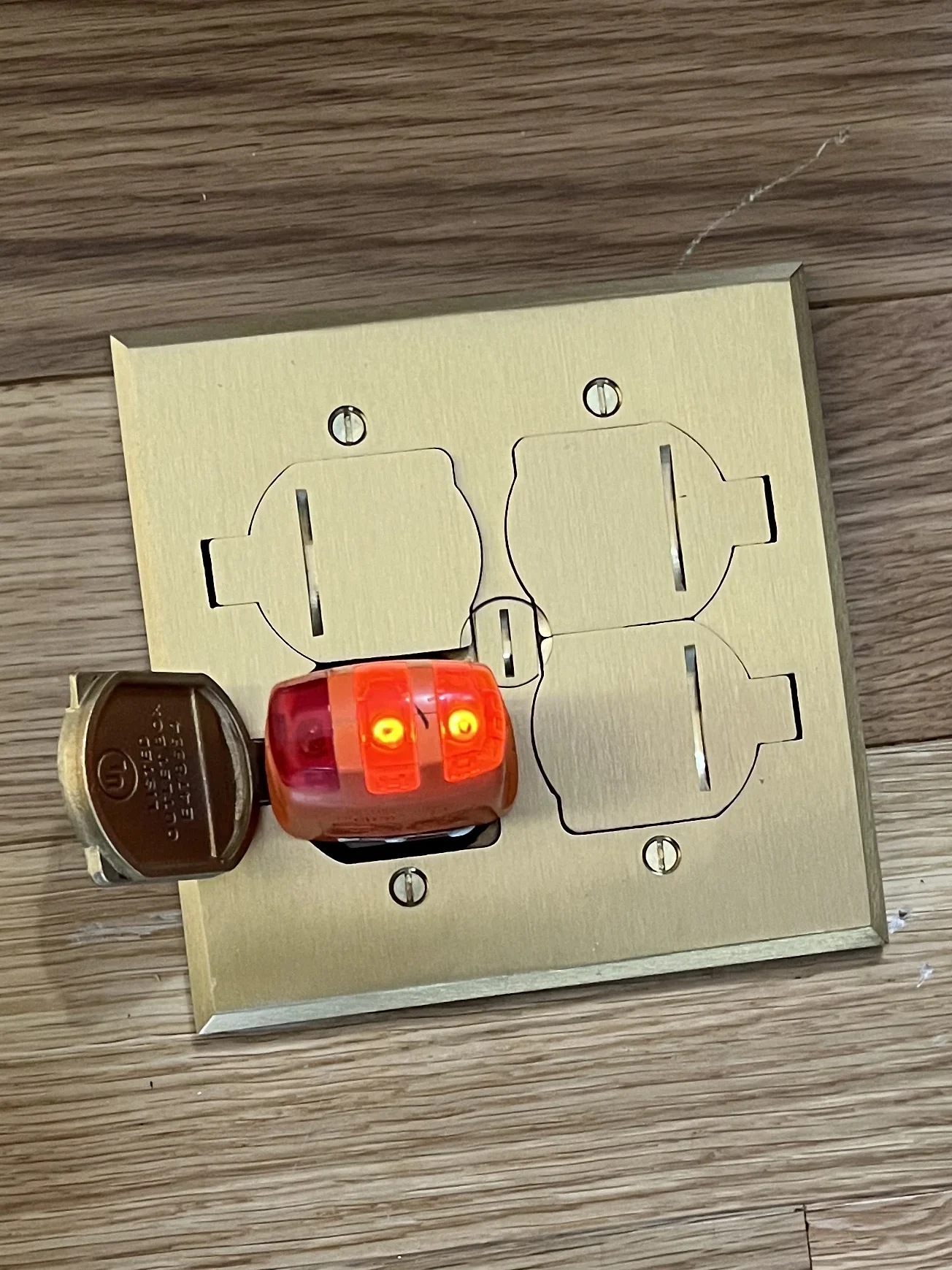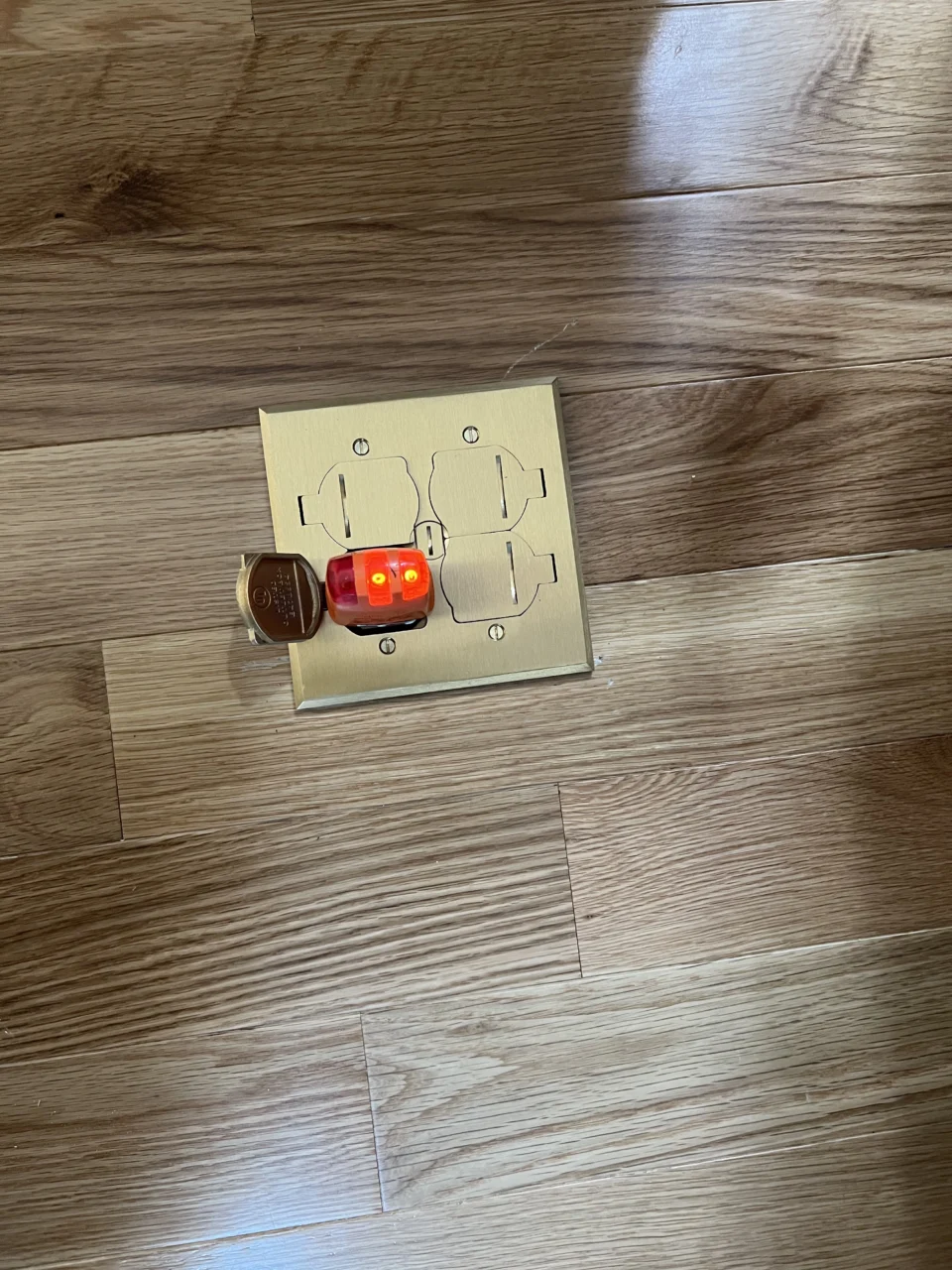
Circuit breakers are essential to a home’s electrical system and are designed to prevent electrical overloads and fires. They come in various types, including Ground Fault Circuit Interrupters (GFCI), Arc Fault Circuit Interrupters (AFCI), and standard circuit breakers.
Each serves distinct functions and offers different levels of protection. Understanding the differences and applications of each can ensure your home’s electrical system is effective and safe.
What Are The Main Differences Between GFCI, AFCI, And Standard Circuit Breakers?
The primary difference between GFCI, AFCI, and standard circuit breakers lies in their protective capabilities and the specific hazards they are designed to mitigate.
Standard circuit breakers are the most basic type; they protect against overcurrents and short circuits that could lead to overheating and potential fires. They are a fundamental part of any electrical system, designed to cut off electrical flow when current exceeds a breaker’s rated limit.
GFCI breakers add another layer of protection by specifically guarding against ground faults, which occur when electrical current accidentally flows outside the normal circuit—potentially through a person. These breakers are crucial in environments where water and electricity could come into contact, such as bathrooms or kitchens. They work by monitoring the current flow from hot to neutral wires and tripping the circuit when imbalances occur.
AFCI breakers, on the other hand, are intended to address another hazard: arc faults. These can happen when electrical wiring or devices become worn or damaged, causing the electricity to jump a gap or arc, potentially igniting flammable materials. AFCIs are designed to detect these hazardous arc-fault conditions and interrupt the circuit to prevent fires.
When Is It Necessary To Use A GFCI Or AFCI Breaker Instead Of A Standard One?
Understanding when to use GFCI or AFCI breakers instead of standard ones is crucial for enhancing your home’s electrical safety. These specialized breakers are required in certain areas of a house based on the potential electrical hazards present. Here is a detailed explanation of where and why each type of breaker is necessary:
- GFCI Breakers:
- Location Requirements: The National Electrical Code (NEC) mandates GFCI protection in areas where moisture is present, which increases the risk of ground faults. This includes bathrooms, kitchens, garages, basements, and all outdoor areas.
- Safety Purpose: GFCIs are designed to protect against electric shock. They quickly shut off the electrical circuit when they detect a ground fault, such as electricity unexpectedly flowing through water or a human body. This immediate action helps prevent serious injuries or fatalities from electrocution.
- Common Applications: GFCI breakers or outlets are commonly found near sinks, laundry rooms, swimming pools, and spa areas.
- AFCI Breakers:
- Location Requirements: The NEC requires AFCI protection in all living areas of the home, such as bedrooms, living rooms, and family rooms.
- Safety Purpose: AFCIs are intended to prevent fires caused by arc faults, which can occur from damaged, overheated, or stressed electrical wiring and devices. Arc faults can produce intense heat that ignites building materials and household furnishings.
- Common Applications: AFCIs are particularly important in areas where electrical cords are likely to be pinched by furniture, tucked under rugs, or pass through doorways—common scenarios in many living spaces.
GFCI and AFCI breakers address different and specific risks, making them essential in their respective areas per safety regulations. It is not just a matter of compliance with building codes but a proactive measure to protect your property and, more importantly, the lives of those within from electrical hazards.
By understanding the distinctions and applications of these breakers, homeowners can better appreciate the necessity of these devices in ensuring a safer living environment.
Can GFCI And AFCI Breakers Be Used Interchangeably, Or Do They Have Specific Applications?
GFCI (Ground Fault Circuit Interrupter) and AFCI (Arc Fault Circuit Interrupter) breakers are essential components in modern electrical safety, but they serve different purposes and are not interchangeable. Here’s a closer look at each type of breaker and their specific roles:
- GFCI Breakers: These are designed to prevent electrical shock and are critical in areas where electricity might come into contact with water. Commonly used in bathrooms, kitchens, and outdoor spaces, GFCI breakers monitor the flow of electricity and quickly cut power if a ground fault is detected—such as electricity passing through water or a human body. This rapid response helps prevent serious injuries from electric shocks.
- AFCI Breakers: AFCI breakers, on the other hand, are designed to prevent fires caused by arc faults, which can occur in any part of the home. These faults often arise from damaged wires, overloaded circuits, or worn electrical insulation, leading to sparks that might ignite flammable materials. AFCIs detect unusual electrical patterns caused by arcs and disconnect the power to prevent potential fires.
- Dual-Function Breakers: Recognizing the need for both types of protection in some areas of the home, manufacturers have developed dual-function breakers that combine the features of both GFCI and AFCI breakers. These are particularly useful in areas like laundry rooms or kitchens, where water and multiple appliances increase the risks of ground and arc faults.
However, despite the availability of dual-function breakers, it’s important to assess the specific needs of each area in your home. Not all spaces require both protections, and the correct type of breaker should be used according to the particular hazards of each environment.
Consulting with a professional electrician can ensure that the right type of breaker is used, enhancing the safety of your home without unnecessary expenses.
Should I Hire A Professional Electrician To Install GFCI Or AFCI Breakers?
Installing or replacing circuit breakers is a task that generally requires professional knowledge and skills, especially when dealing with specialized types like GFCI and AFCI breakers. Professional electricians are trained to handle the technical aspects of installation and are knowledgeable about the local code requirements and safety standards. They can ensure the breakers are installed correctly and function as intended to protect your home and family. Hiring a professional can also prevent common DIY mistakes that could compromise your home’s electrical safety or lead to future costly repairs.
Understanding the different types of circuit breakers and their applications is crucial for maintaining an effective and safe electrical system. While standard breakers protect against overcurrent and short circuits, GFCI and AFCI breakers protect against ground and arc faults.
Considering the complexity and safety implications of electrical system maintenance, enlisting the services of a qualified electrician is highly recommended for any work involving these critical devices. This approach ensures compliance with electrical standards and safeguards your home against electrical hazards.
Why Choose The Go-To Crew Electric for Your Circuit Breaker Needs?
The Go-To Crew Electric recognizes the importance of a reliable electrical system for home safety and comfort. With extensive experience in the industry, our team excels in providing high-quality service, whether installing new or updating existing circuit breakers with advanced GFCI and AFCI technologies.
Our licensed electricians are well-versed in the latest safety codes. We offer installation services and tailored advice to ensure your home’s electrical system meets the highest safety standards. We offer personalized consultations to cater to each home’s unique electrical needs, specializing in solutions for moisture-prone and living areas.
Our transparent pricing ranges from $150 to $300 per breaker, allowing for clear budgeting without hidden costs. Above all, customer satisfaction is paramount, and you must be committed to professionalism and respect for your home environment during all service visits.
Frequently Asked Questions
What is the difference between GFCI and AFCI breakers? GFCI breakers protect against electrical shocks from ground faults, particularly in damp areas. AFCI breakers prevent fires by detecting and interrupting arc faults in electrical circuits. Both types of breakers enhance your home’s safety but serve different protective functions.
How much does it cost to install a GFCI or AFCI breaker? The cost typically ranges from $150 to $300 per breaker. This price includes the breaker itself and professional installation by our certified electricians.
How often should I replace my circuit breakers? Circuit breakers only need to be replaced occasionally unless they malfunction. However, if your home has older breakers, especially those that do not conform to modern safety standards (like GFCI and AFCI technologies), it may be time to consider an upgrade.
Can I install a GFCI or AFCI breaker myself? While DIY projects can be tempting, electrical work, particularly involving specialized breakers like GFCI and AFCI, is best left to professionals. Incorrect installation can lead to safety hazards and potential malfunctions.
Ready to Upgrade Your Home’s Safety? Contact The Go-To Crew Electric Today!
Are you ready to take the next step in enhancing your home’s electrical safety? The Go-To Crew Electric is here to help. With our expert services, transparent pricing, and commitment to your satisfaction, you can trust us to handle all your electrical needs professionally.
Don’t wait for an electrical fault to remind you of the importance of a safe, up-to-date system. Call us today or visit our website to schedule your consultation and ensure your home is protected with the latest electrical safety technology.

